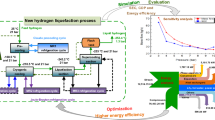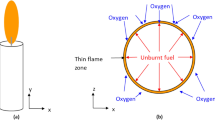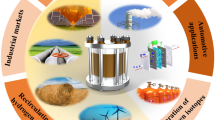Abstract
There are situations that occur when customers and servicemen have difficulty lighting pilots on appliances after a natural gas or propane system has been shut off or following an out-of-gas call in a propane system. The inability to light the pilot light is believed to be the result of air getting into the gas system. In some circumstances, customers or servicemen will purge the gas line in order to get the “air” out of the lines. Sometimes this results in flammable gas entering the structure leading to an explosion, flash fire or fire, and subsequently property damage, serious injuries, and sometimes death. As a result of several purging incidents involving explosions, including one at the ConAgra Slim Jim plant in Garner, NC, in June 2009, and at the recommendation of the U.S. Chemical Safety Board, the National Fuel Gas Code Committee of NFPA initiated a Tentative Interim Amendment that changed purging requirements [NFPA 54, National Fuel Gas Code, 2009 Edition]. In the propane industry, it has been claimed that after an out-of-gas situation, air is drawn into the propane tank with moisture, which results in the formation of rust and causes the oxidation of the propane odorant ethyl mercaptan. In this scenario, it is claimed that the propane gas was odorless where the line was purged by the unsuspecting serviceman or homeowner leading to the release of dangerous amounts of gas inside a structure. The question arises as to how air can enter a closed gas system, particularly given the presence of safety valves in appliance gas control valves. These authors hypothesize that air can enter a sealed gas system through some gas control valves when a vacuum is created in empty containers or piping due to ambient diurnal temperature changes and solar radiation. To test this hypothesis, pressures and temperatures associated with empty propane containers and weather conditions were measured for several days. The data was then analyzed to determine the magnitude of the pressure changes occurring inside the gas system. The negative pressure values measured during testing were then applied to the inlet side of a number of appliance gas control valves to determine whether these pressures were sufficient to draw air back into the gas system. This paper includes descriptions of the testing and summaries of the results. Test results were also compared to theoretical calculations of the negative pressures in a closed system.











Similar content being viewed by others
References
NFPA 54, National Fuel Gas Code, 2009 Edition, Reference Section 8.3, TIA Log No. 984
Hiller LA Jr, Herber RH (1960) Principles of chemistry. McGraw-Hill Book Company Inc., New York, pp 312–314
Author information
Authors and Affiliations
Corresponding author
Rights and permissions
About this article
Cite this article
Freeman, J.M., Schumacher, J.L., Shelp, D.E. et al. Conditions that Allow the Flow of Air into a Closed Gas System Through Appliance Control Valves. Fire Technol 50, 403–417 (2014). https://doi.org/10.1007/s10694-012-0276-7
Received:
Accepted:
Published:
Issue Date:
DOI: https://doi.org/10.1007/s10694-012-0276-7




